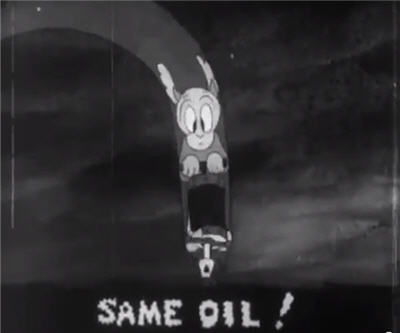
This week the price oil sands producers receive fell to staggering $64 a barrel below the international benchmark after the spread between Canada’s heavy oil and US crude fell to a more than five-year low.
The deepening discount for Western Canada Select (WCS) – a blend of heavy oil sands crude and conventional oil – comes on top of declines for US benchmark Nymex West Texas Intermediate (WTI).
US crude is now close to $23 cheaper than global oil in the form of North Sea Brent. WTI always traded at a premium, but that changed in 2009 when the Saudis stopped using it as the benchmark and switched to Brent.
Brent is trading at $109 in Europe which translates to an effective price for bitumen-derived oil from Alberta’s oil sands of just over $45 a barrel.
The value of Syncrude – a light oil made from oil sands after undergoing an expensive upgrading process – is trading at par to WTI, down from a $15.00 premium in September.
The lack of pricing power for Canada’s oil sands players is often blamed on the fact that 99% of exports end up in the US.
Producers cannot access new markets in Asia as pipeline projects to the west coast languish in a regulatory morass.
There is no clear timeline for TransCanada’s (NYSE:TRP) Keystone XL to finally cross the border into Canada.
That Enbridge’s (TSX:ENB) Northern Gateway pipelines is built at all is an ever diminishing prospect and even Kinder Morgan’s (NYSE:KMI) proposal to expand its existing pipeline to the Pacific coast, is facing fierce opposition.
There exists also the absurd situation that the populous centers in the eastern part of Canada have to import 60% of their needs and pay global prices.
There is talk of converting an existing gas pipeline to carry Alberta oil to the east, but at this point that’s all it is; talk.
And even if these projects do come off the ground Alberta producers like Suncor (TSX:SU NYSE:SU), Cenovus (TSX:CVE NYSE: CVE) and Imperial Oil (TSX:IMO NYSE:IMO) would still find it hard to compete.
Bitumen is expensive to extract, upgrade and refine and cannot compete with the many new shale oil plays which have pushed US production to its highest level in a decade.
Unlike oilsands oil, Bakken trades broadly in line with to WTI and the region is also competing for pipeline and refinery contracts with Alberta.
Apart from the boom in US production and a strong loonie – as the Canadian dollar is referred to by locals – Alberta’s oil sands players are also threatened by escalating labor and equipment costs.
A recent report by research house Wood Mackenzie shows break-even costs for building new steam-driven projects is in the $65 – $70 a barrel range.
Mining developments – the truck and shovel method accounts for a fifth of all projects – need at least $90 – $100 oil.
Existing projects in Alberta can still make money at $45 a barrel.
Canada loves to brag that when including the oil sands, its oil reserves are second only to Saudi Arabia’s.
But if these are the kind of numbers you’re working with that’s all it’s going to stay – reserves in the ground.
Comments
Haefen
There are some really good points being made and some being missed. It isn’t “Canada’s” Bitumen or Canada’s super sweat Syncrude, it is Alberta’s. That is one of the things missing. An awareness that Canada is not one Nation but a Confederation of many Nations. That is why Alberta is having problems shipping it’s product or selling it to other members of the Confederation. They have no deep loyalty to Alberta and many see Alberta as a Colony of Canada, which it once was, and expect the oil to be cheap or free. Any “solutions” have to take that into account.
For example If Alberta was to play hard ball and stop sending free, no strings attached, money to Canada, they would get more co-operation. They might even be able to make deals with Manitoba to ship out of Churchill, a port that has always threatened Canada’s seaway, then add extra duties and taxes to oil sold to BC forcing them to buy from the USA or on the open market using tankers.
And while the Bakken fields should be profitable, they will not last as long and they are already bought up. The oil sands will be producing millions of barrels a day for many decades to come. The oilsands are the long play, only those wanting quick cash are getting into real trouble, those with the longer play plan are and will do well.